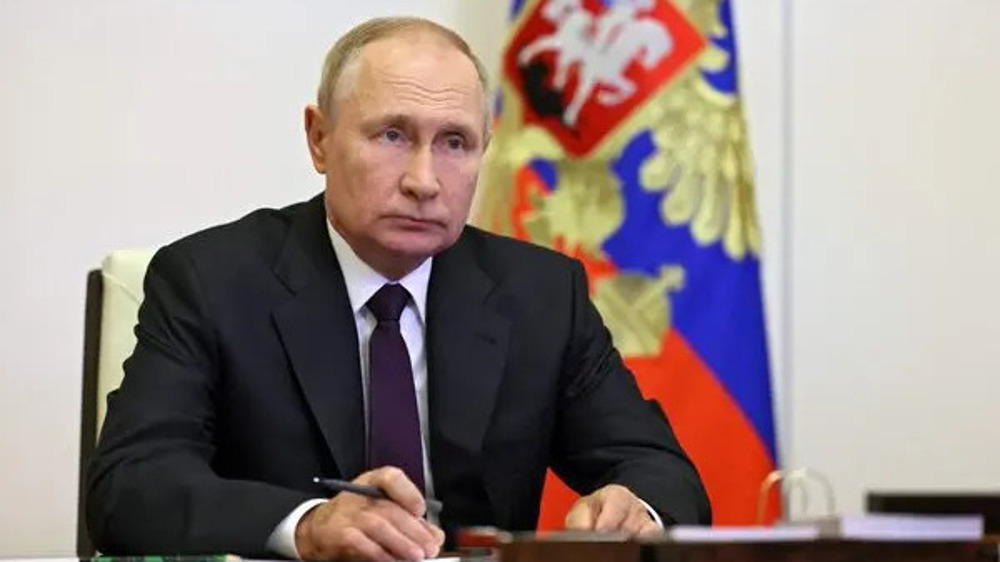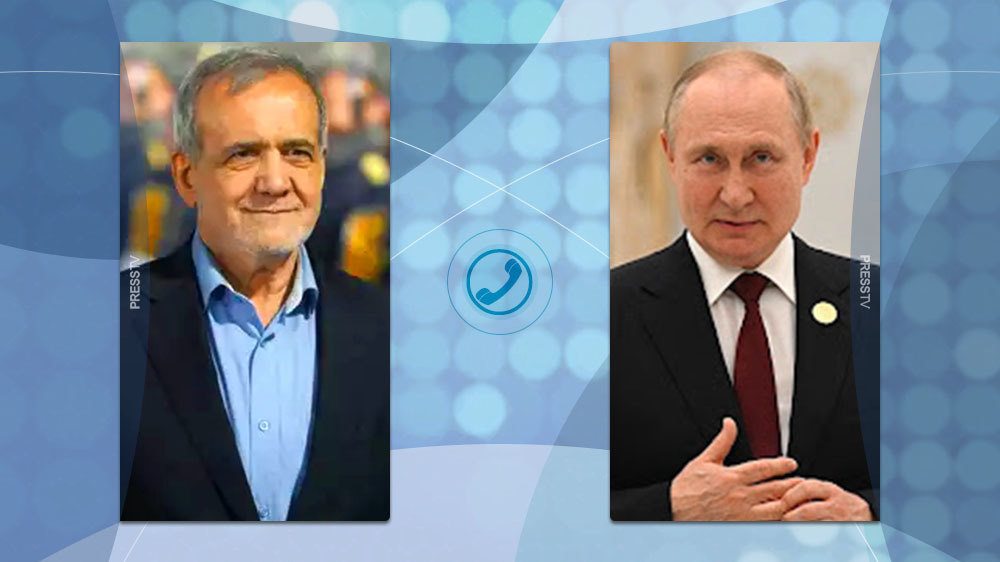Russia in biggest military push in the Arctic
Russia is involved in its biggest military push in the Arctic since the fall of the Soviet Union, pouring in money and missiles and building a new generation of nuclear icebreakers.
Officials and military analysts say Russia is set to reopen abandoned Soviet military, air and radar bases on remote Arctic islands and to construct new ones.
“The modernization of Arctic forces and of Arctic military infrastructure is taking place at an unprecedented pace not seen even in Soviet times," Mikhail Barabanov, editor-in-chief of Moscow Defense Brief, said.
Russia will also build three new nuclear icebreakers, including the world's largest, to boost Russia's present fleet of about 40 breakers, six of which are nuclear.
Russia is the only country that has a nuclear breaker fleet that is used to clear channels for military and civilian ships.
An icebreaker will also be deployed to Russia's Northern Fleet, based near Murmansk in the Kola Bay's icy waters, to be the fleet’s first. The fleet will also get two ice-capable corvettes armed with cruise missiles.

The military build-up is seen as an attempt by Russian President Vladimir Putin to rival Canada’s, America’s and Norway’s developed arctic regions.
The Soviet Union played a great game in Arctic staging posts for long-range bombers and building radar stations across the region.
The country was getting ready to wage a nuclear war against the United States, and the Arctic islands and their icy runways were to fly missions to America.
Vladimir Blinov, a guide on the Soviet Union’s nuclear icebreaker said, “History is repeating itself."
"We beat the Americans and built the world’s first nuclear ship [the Lenin]. The situation today is similar,” he said.
Russia also overhauled Soviet-era radar stations and airstrips on four other Arctic islands and deployed powerful ground-to-air missile and anti-ship missile systems into the region.
Defense Minister Sergei Shoigu is presiding over the reopening or construction of six military facilities, some of which will be ready for use by the end of the year.
VIDEO | People pack General Soleimani’s resting place to mark his 6th martyrdom anniv.
VIDEO | Press TV's news headlines
General Soleimani — Master strategist who built the architecture of Axis of Resistance
Iran president hails ‘’heroic Cuban people’ on anniversary of revolution
Israel denies water, food to Palestinian prisoners amid 'routine' violence
Half a million shun New Year festivities to march for Palestine in Istanbul
‘Dangerous escalation’: Islamic Jihad blasts Israel's new expansionist push
VIDEO | Press TV's news headlines










 This makes it easy to access the Press TV website
This makes it easy to access the Press TV website